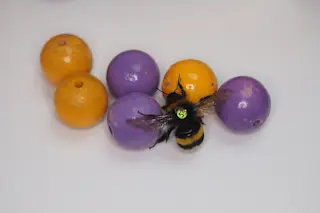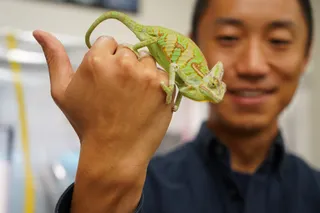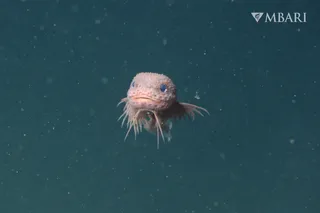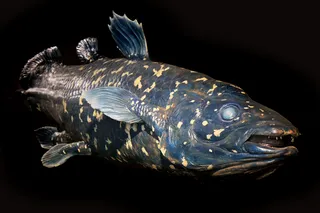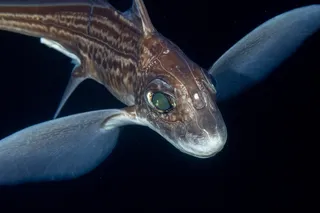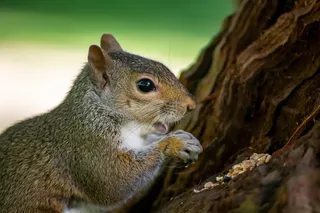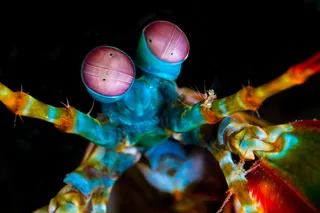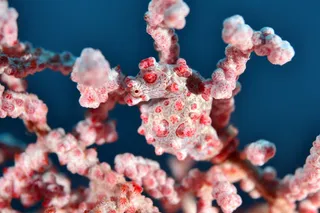Mammals do it. Birds do it. And now scientists say bees do it, too. According to a new paper published in Animal Behaviour, bumble bees like to play. The paper provides the first formal observation of playing behavior in insects, as well as the first evidence for the existence of positive emotional states in bumble bees, and potentially other bugs, too.
"It is certainly mind-blowing, at times amusing, to watch bumble bees show something like play," says Samadi Galpayage, a study author and student at Queen Mary University of London, according to a press release. "It goes to show, once more, that despite their little size and tiny brains, they are more than small robotic beings. They may actually experience some kind of positive emotional states, even if rudimentary."
Scientists have observed an assortment of animals interacting with objects as a form of play. In mammals and birds in particular, ...



